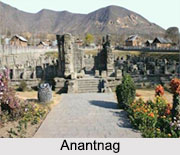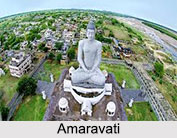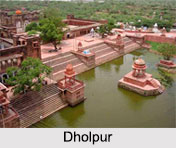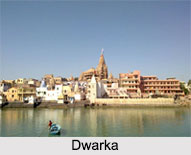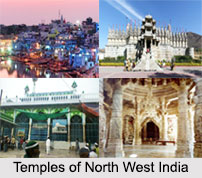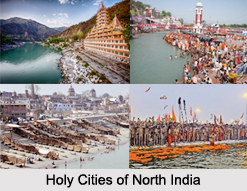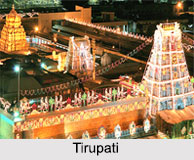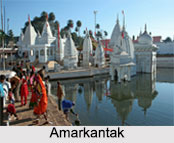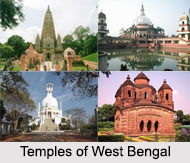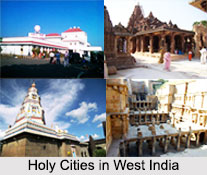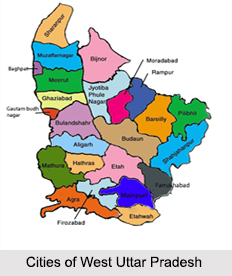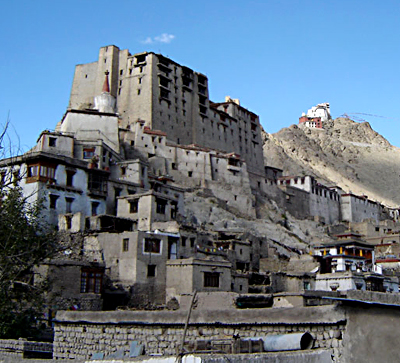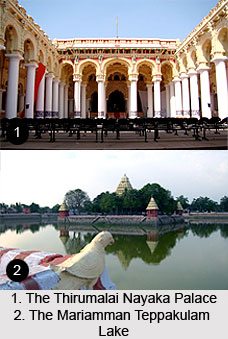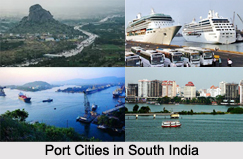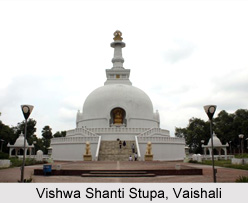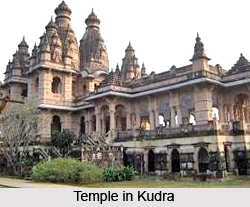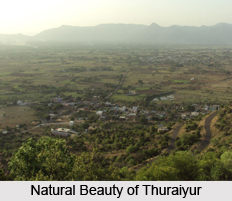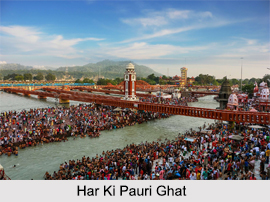The tourism of Koraput develops concentrating the temples, which abounds the district, bearing testimony of the civilization inhibited here from time immemorial. A number of temples dotted throughout the district fetch tourist throughout the year, which is profitable to the tourism industry of Koraput.
The Gupteswar cave shrine dedicated to lord Shiva is infested with immense religious significance. But in the tourism industry of Koraput it draws the considerable importance because of the scenic beauty. The untamed wilderness the cave surrounded by the sal trees and intersected by the Kolab river is placed the 2m high Shiva Lingam, which is the focal point of the tourist attraction here. The shrine is called "Gupteswar", which signifies hidden god. It is named so because the Shiva lingam, stationed in the crux of the cave is hidden for centuries and it is not even viewed from outside. Adjacent to the Gupteswar cave, lies the "Gupta Kedar", which is important because of its historical significance. The place associated with sthe epical story of Ramayana and the life of ShreeRama, the place "Gupta Kedar" is an important center in the tourism industry of Koraput because of its natural beauty. Moreover, regarding the place a mythological story of Lord Shree Rama is also involved that he has unveiled the Siva lingam, while roaming in the Dandakaranya forest, which is an added interest about the place.
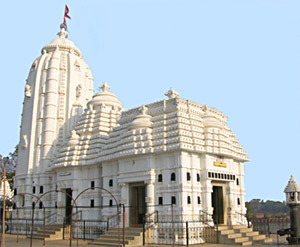 The Jagannath temple of Koraputbuilt in 1972, Sabara Srikhetra is an important center of interest in the tourism industry of Koraput. To the tourist it is a center of immnese interset because of the exquisite carvings and fabrications around the temple walls. The masterful artistry of the sculptors and the artisans of the ancient period is of unusual kind, which attractthe visitors. Moreover he religious implication of the Jagannath Temple is no less profitable for the tourism industry of Koraput. A vast chunk of tourist in the temple constitutes the tourist folk of the Jagannath Temple, Sabara Srikhetra.
The Jagannath temple of Koraputbuilt in 1972, Sabara Srikhetra is an important center of interest in the tourism industry of Koraput. To the tourist it is a center of immnese interset because of the exquisite carvings and fabrications around the temple walls. The masterful artistry of the sculptors and the artisans of the ancient period is of unusual kind, which attractthe visitors. Moreover he religious implication of the Jagannath Temple is no less profitable for the tourism industry of Koraput. A vast chunk of tourist in the temple constitutes the tourist folk of the Jagannath Temple, Sabara Srikhetra.
Apart from the antique temples, there are other sites, which are immensely important centers encouraging the tourism industry of Koraput to achieve a full-fledged development. One of them is the Maliguda Tunnel, which is renowned as the highest broad-gauge railway tunnel in Asia and the second highest in the world. Apart from being an international reputation, the fascinating atmosphere surrounding of the Maliguda Tunnel makes it an ideal pace for the weekend picnic and a short excursion.
The Duduma waterfall (157.5 metres) has been formed by the Macchakund river in Orissa. The water torrent here supports the development of hydrolectric project. Macchakund is famous in the tourism industry of Orissa as a sacred pilgrimage and is known as "Matsya Tirtha".
